Solving complex flow equations requires extremely precise meshing and geometry to provide input for efficient numerical methods. Our excellent CFD simulation software offers CFD meshing, solution, and post-processing that can be customized to your needs and external workflows.
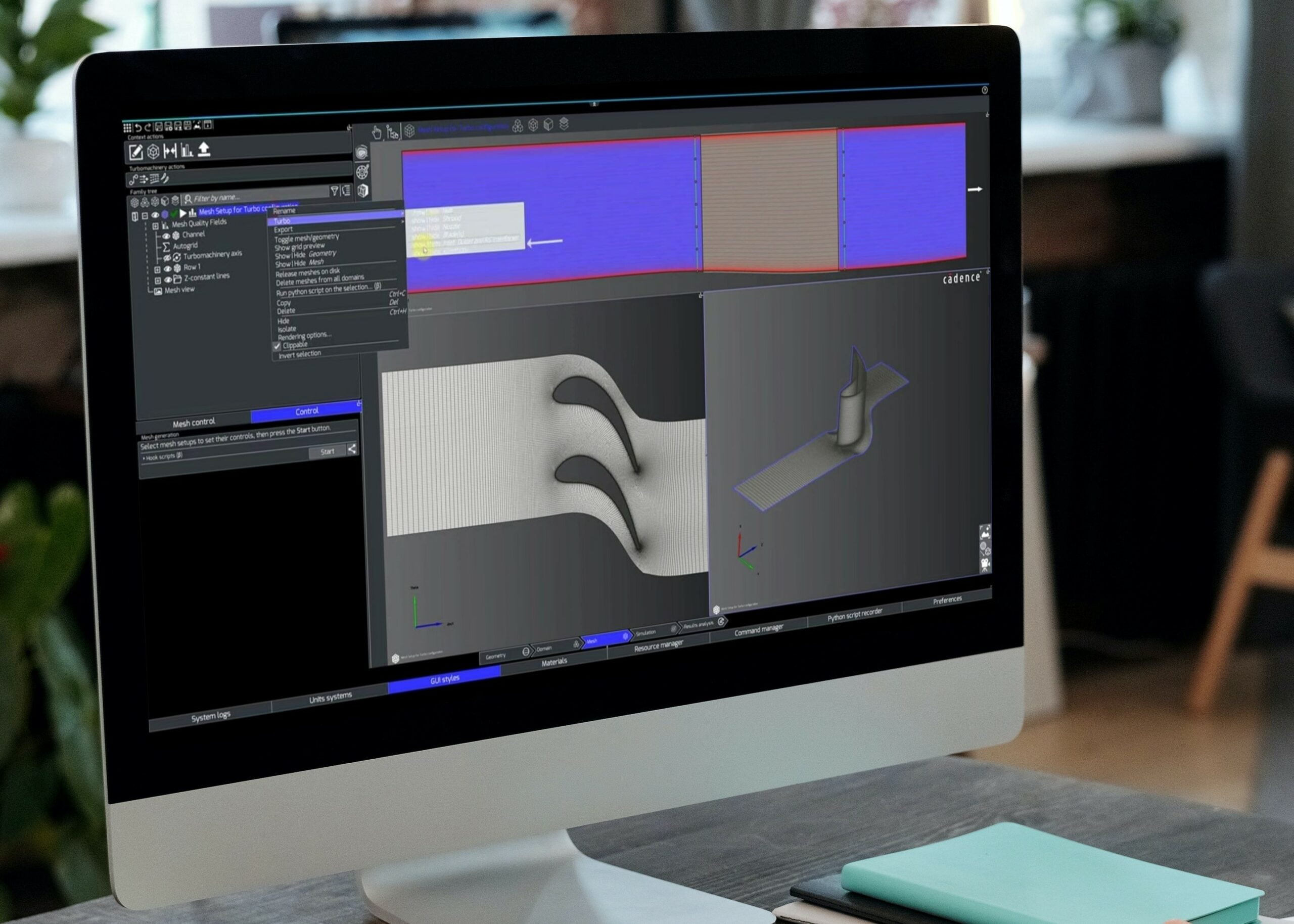
Computational Fluid Dynamics (CFD) is a part of multiphysics system analysis that simulates the behavior of fluids and their thermodynamic properties using numerical models. Our leading CFD software encompasses application areas such as propulsion, aerodynamics, hydrodynamics, and combustion.
With CFD, you can solve the fundamental Navier-Stokes equations that constitute the CFD field and rely on these tools to address issues such as multiphase flows, incompressible and compressible flows, laminar flows, acoustics, particle tracking, combustion phenomena, heat exchangers, diffusion, smoke dispersion, and more. Our CFD tools are specialized and developed to meet the demands of the future.




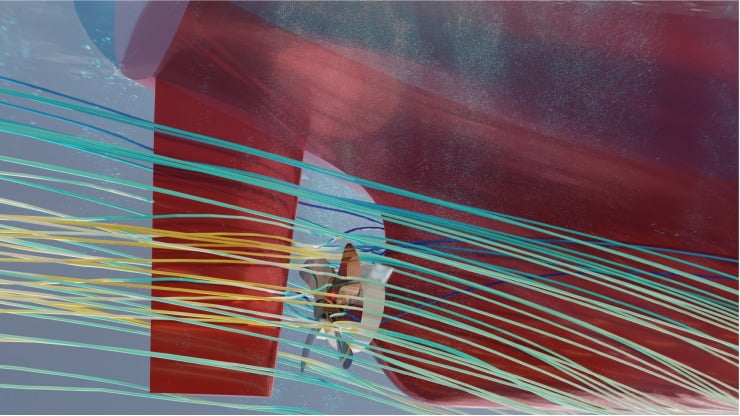
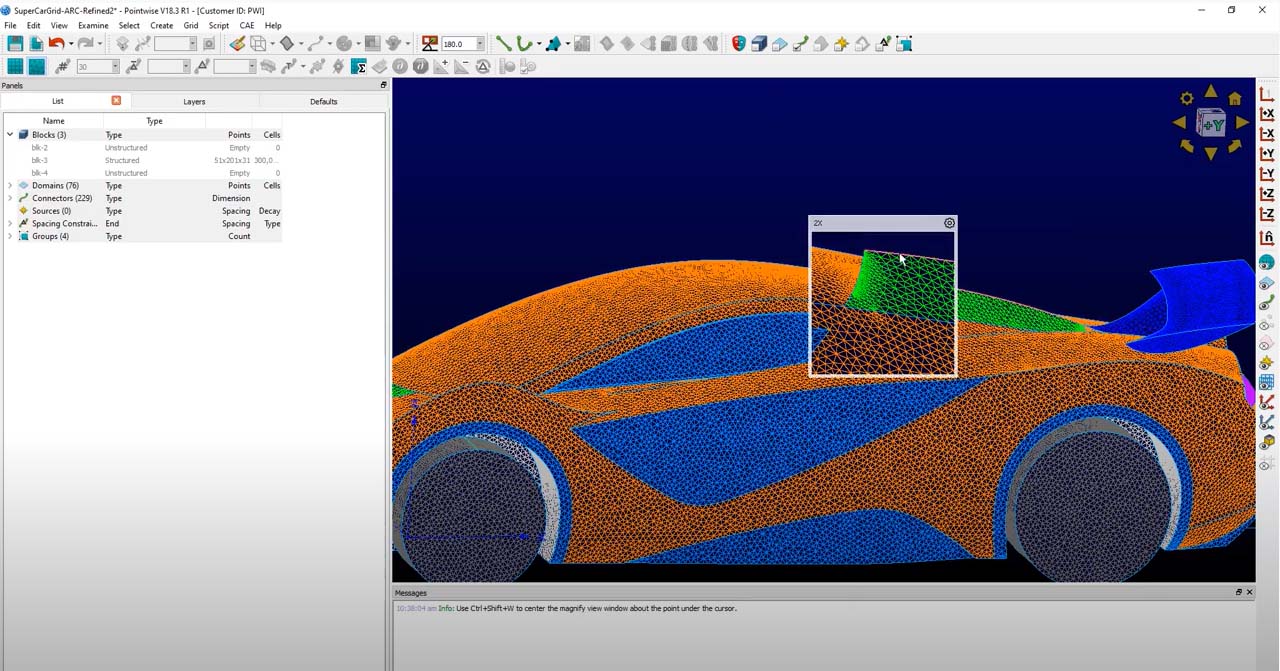
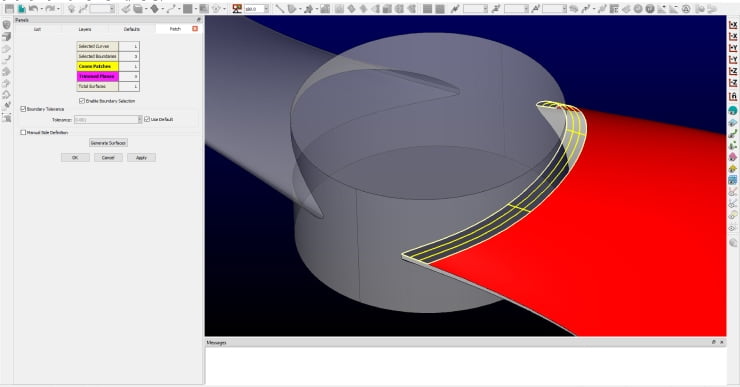
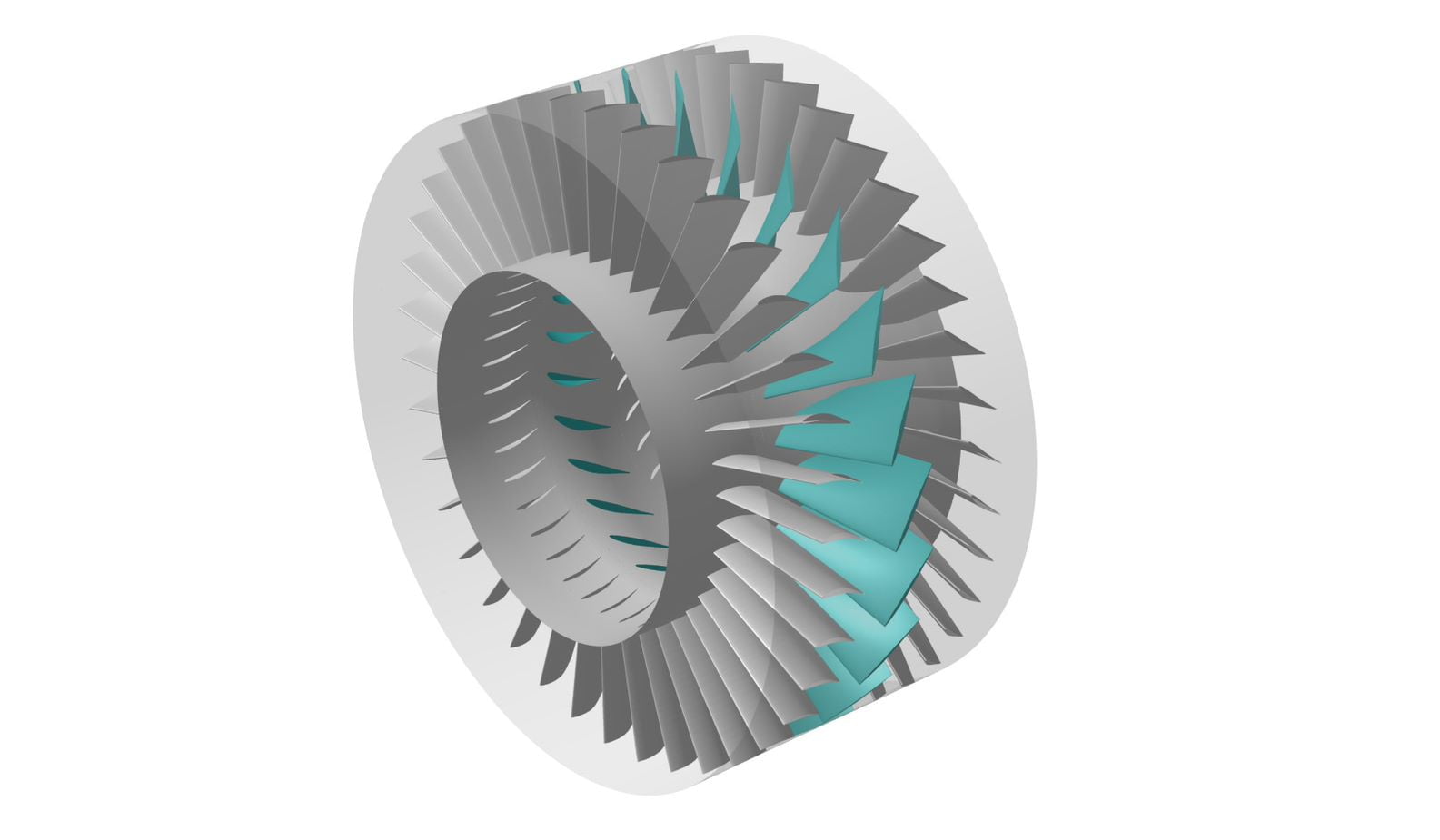
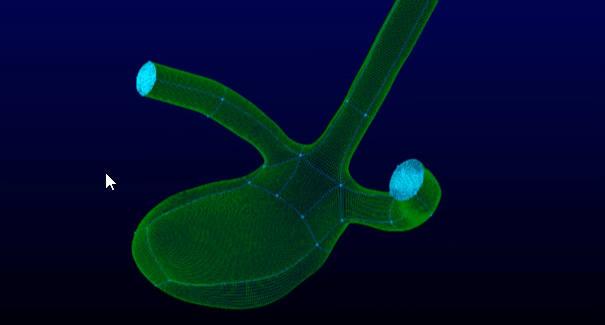
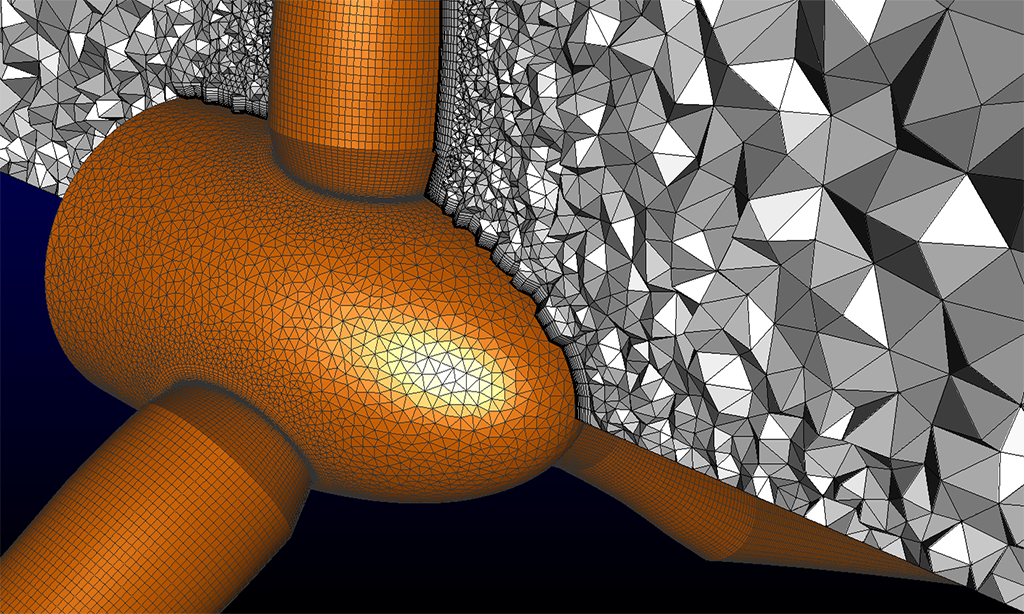
We update our knowledge universe monthly with intentional information sharing to keep you updated and inspired by developments and applications in CFD.